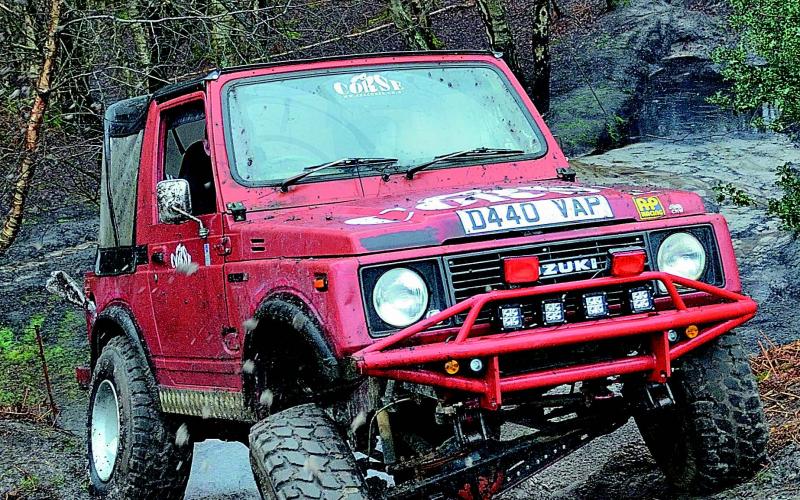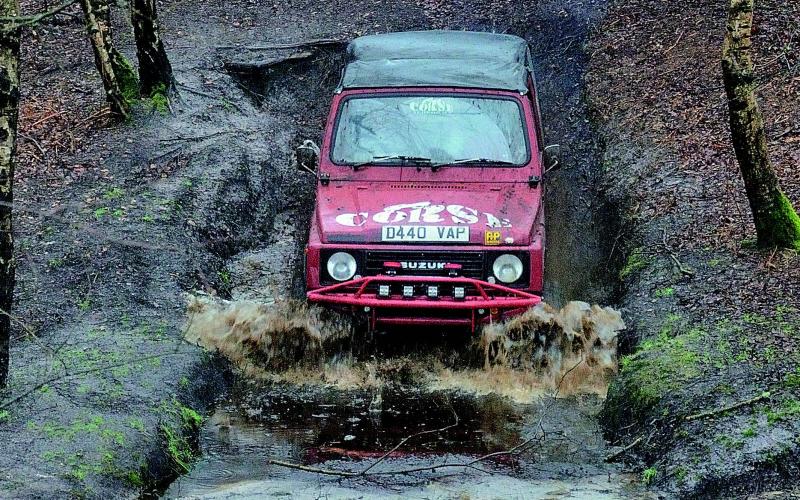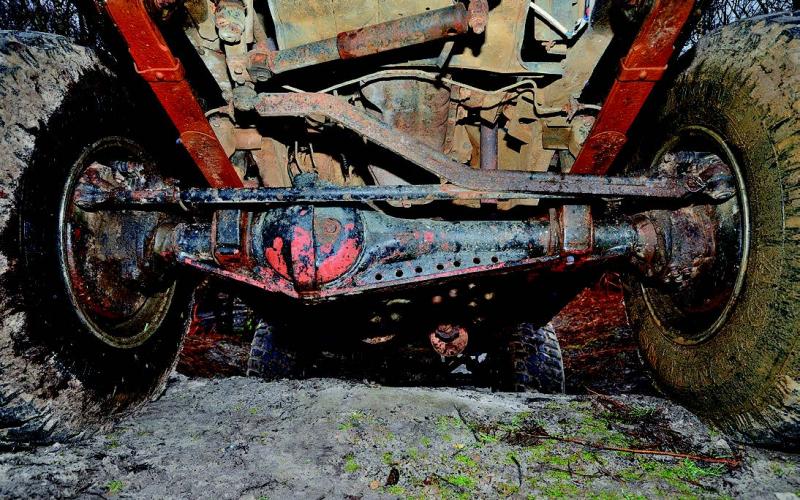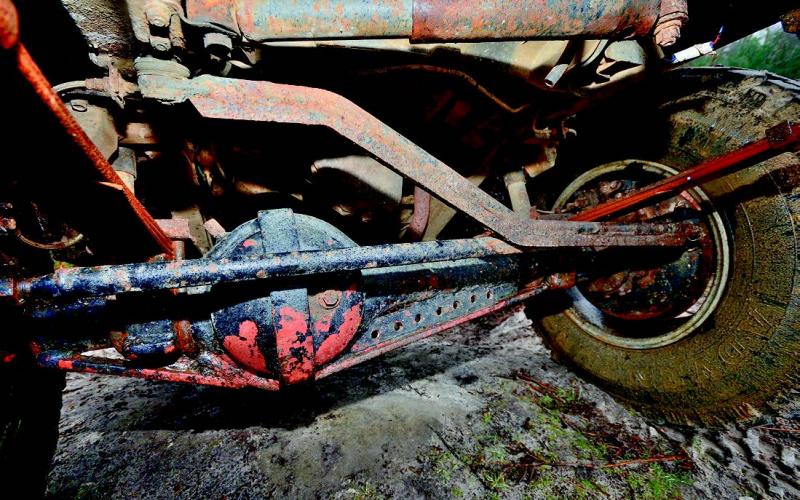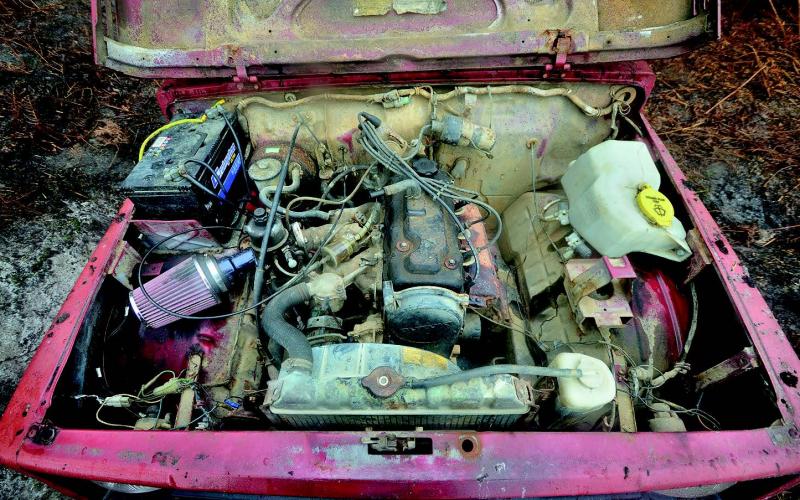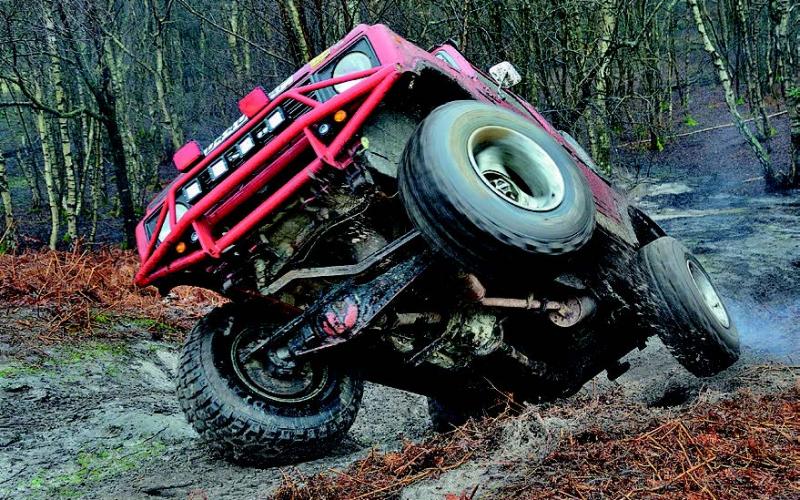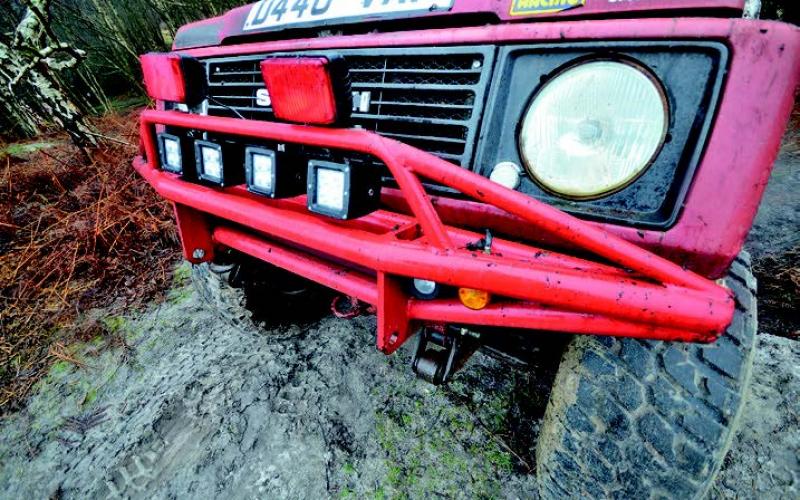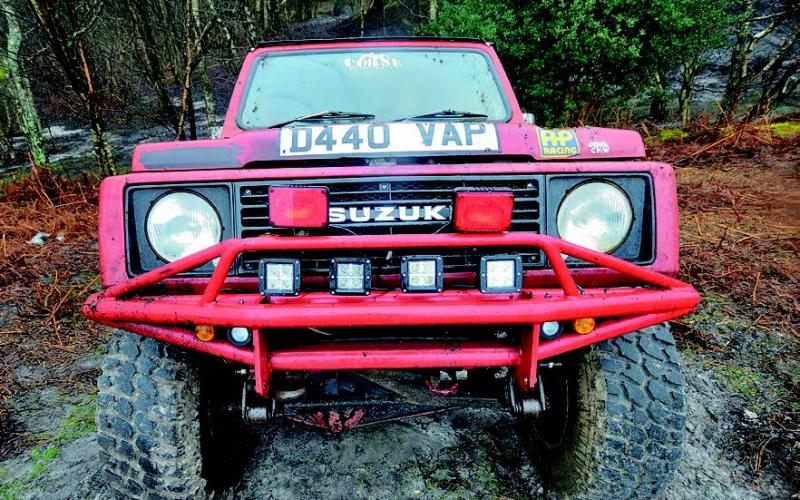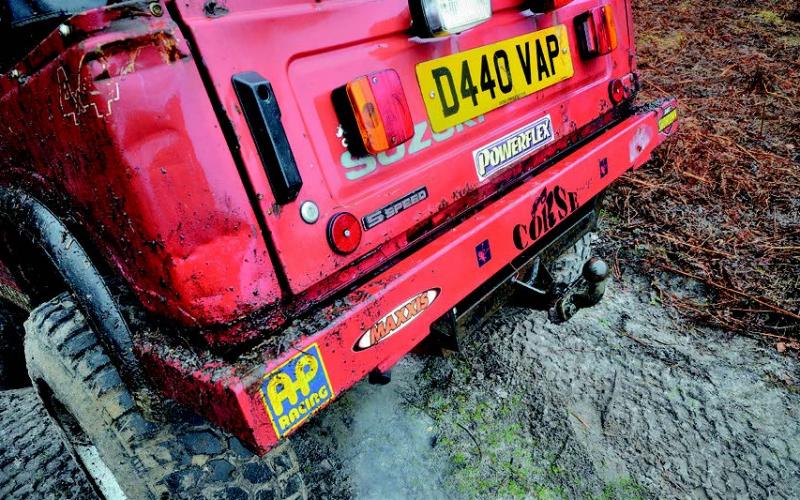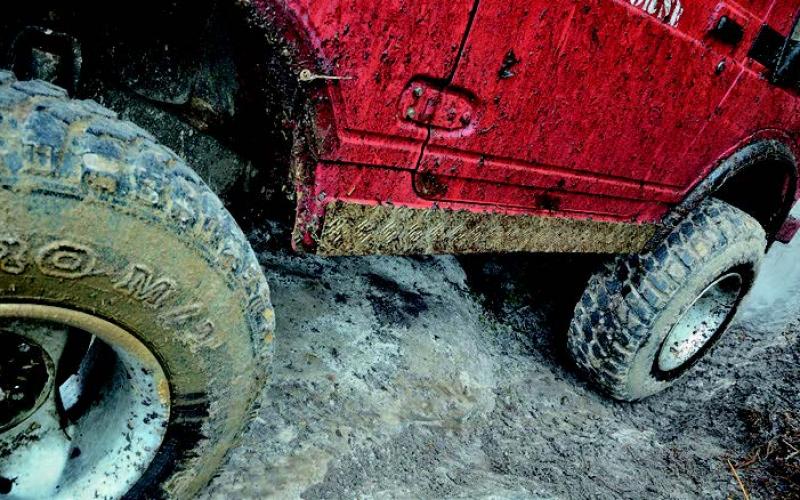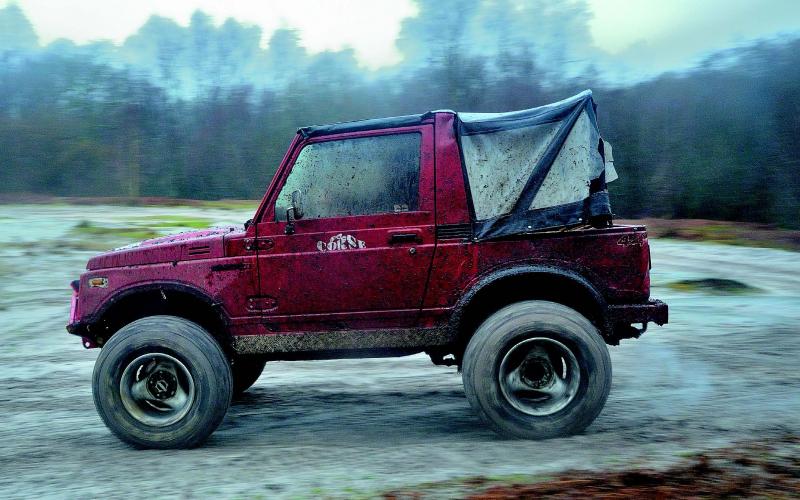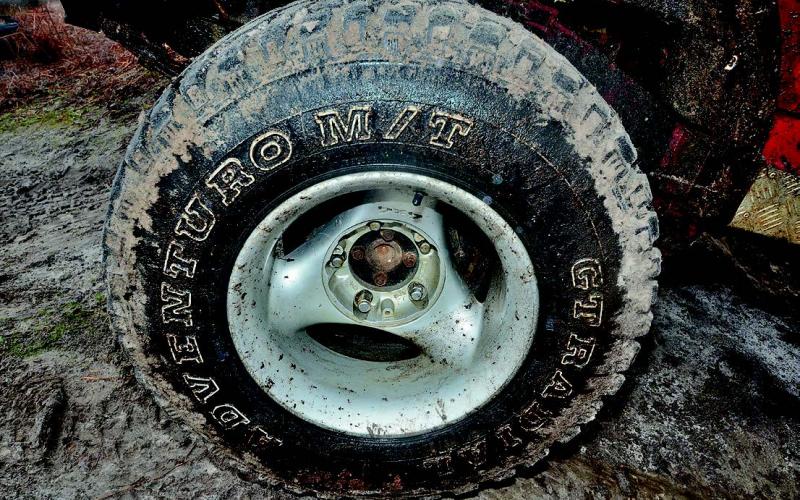A Family Affair
When Mark Edwards saw a familiar looking Suzuki SJ for sale as a £200 scrapper, he stepped in and saved it. He knew how easy it would be to get it back on the road, and he knew what it could do too – because back in the day, the guy who built it was none other than his dad
One of the great truths of the world is that every boy grows up wanting to be just like his dad. You get to the age where you start to rebel, of course, and then you find your own way into grown-up life and finally become your own person, but as a younger child your old man is, for better or for worse, your absolute role model.
In Mark Edwards’ case, it was very much for the better. Mark is a proper down-to-earth off-roader, so much so that he even started his own club to try and get more people round his way interested in trialling, and among other things he’s the owner of a Suzuki SJ that was modded many years ago, back in the days before everyone started doing Jimnys instead.
The SJ had had its life as a shiny, then got another one as an off-roader, and Mark bought it because someone had come to the conclusion that it was fit only for scrap. But he knew better.
He knew the Suzuki, too. Because back in the day, a decade and a half ago, those off-road mods were carried out by none other than his dad.
If you’re in the Suzuki scene, the surname may have given you a clue. Mark’s dad is none other than Rhino Ray Edwards, a SCOR and AWDC stalwart who’s been having clever ideas about how to make Suzukis perform better off-road since before most of them were built.
He did this one about 15 years ago, which suggests that maybe it was specced up by a customer who wanted something relatively simple. Certainly, a basic SPOA conversion is nothing like as advanced as the trucks Ray was building for himself and others well before that.
The list of mods is relatively simple. ‘Simple’ as in ‘simple but effective,’ that is.
The spring-over conversion used the original springs, so although it made plenty of room for bigger tyres there wasn’t anything extra in the way of flex. Possibly just as well, you might say, with the vehicle’s centre of gravity now up in the clouds, but at least the tyres that went on kept it reasonably planted in a four-square stance: 31x10.50R15s are wider as well as taller, and the SJ’s stability was demonstrated very effectively by Mark during our photoshoot when he got it well in to the air on two wheels and it came back shiny side up. All in the name of artistic endeavour, of course.
A hidden advantage of putting the springs above the axles is that you turn the U-bolts upside down. So it’s the smooth, rounded bit that presents itself to the ground beneath you – which, of course, it will slide over quite happily where the exposed bolt ends would have snagged on something. It doesn’t always take much to dig in, so the less there is to do it the better.
Another mod Ray did when building the vehicle was to replace the drag link with a double-cranked bar reinforced with steel box. Naturally lifting the suspension means asking the steering to cover a bigger drop – there are various ways of doing this, some much more satisfactory than others, but this was as effective as it needed to be without perhaps looking like the most elegant thing in the world. There’s no denying the precision with which it clears the nearside front leaf spring, though.
On the subject of strengthening, the front axle case wears a truss which, Mark assured me, isn’t made from an old Range Rover hockey stick. There’s been a whole lot of welding going on here, and you cringe to think of the impact it would take to bend the axle now. Suffice to say that if you were aboard at the time, the axle would be the least of your concerns afterwards.
Talking of heavy metal, the multi-tubular front bumper was fitted by Mark after he bought the SJ. Following this, he made a bet with himself about the number of lights he could fit on it, but we don’t know if he’s won yet because despite being into double figures we’re fairly sure there’s room for a couple more pairs if he tries hard. That’s the wonder of mini-LEDs, you see.
Mark does have a concern, though. The SJ had been through various pairs of hands after Ray passed it on to its first post-mods owner, and when it came back up it was advertised as being for parts. This was good, in that he only had to give £200 for it, but bad for much more important reasons.
‘I want to make the point that it takes very little to get them back on the road,’ he says. ‘When a Suzuki like this comes up, people should see it as a chance to get themselves a ready-made trials vehicle for no money and very little work. I got this one going again and it’s been good as gold.’
Uh-oh, famous last words alert. Under the bonnet, it’s all very straightforward SJ fare. The original carb made way for an SU, because they don’t splutter and cough and throw their hands up in horror at the first sight of a steep hill, and the air filter was replaced by a K&N, but that was the long and the short of it. All good, and the original engine continued running perfectly happily as the years rolled by.
Imagine the irony, then, when Mark was driving home after the photoshoot for this very article and it died on him. That’s ‘died’ in the dead sense of the word, too, with an utter lack of compression pointing to something he felt sure was going to be terminal.
Not to worry, there’s plenty of Swift and Vitara engines waiting in line for when stuff like that happens, and between Mark and Ray we’ve got no doubt at all that before long the SJ will be doing its thing again. It was, after all, a Suzuki that was born into the family. And now it’s back, it feels like fate that it should stick around for a lot longer this time.




